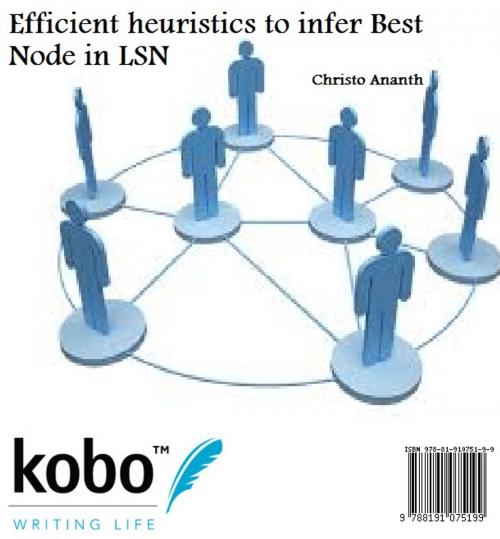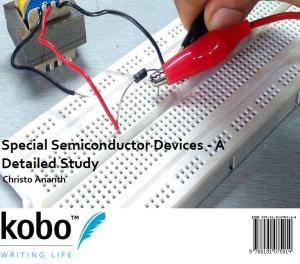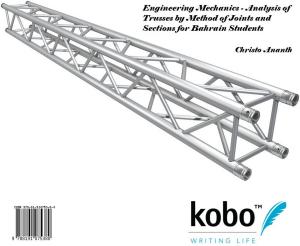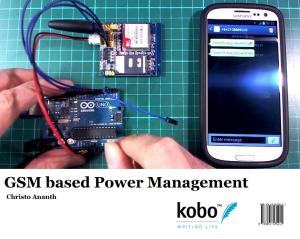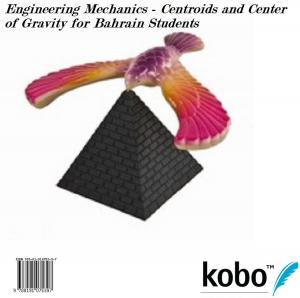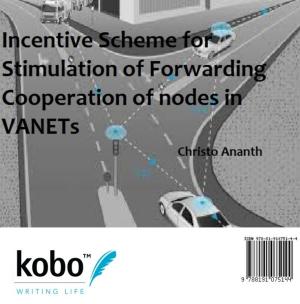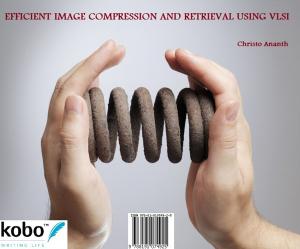| Author: | Christo Ananth | ISBN: | 9788191075199 |
| Publisher: | Rakuten Kobo Inc. Publishing | Publication: | October 17, 2017 |
| Imprint: | Language: | English |
| Author: | Christo Ananth |
| ISBN: | 9788191075199 |
| Publisher: | Rakuten Kobo Inc. Publishing |
| Publication: | October 17, 2017 |
| Imprint: | |
| Language: | English |
We propose several efficient heuristics for inferring the best node to be checked in large-scale networks. By extensive simulation, we show that we can infer the best node in at least 95% of time, and that first checking the candidate nodes rather than the most likely faulty nodes can decrease the checking cost of correcting all faulty nodes. As a result, we want to devise a cost effective network fault correction mechanism that corrects all network faults at minimum cost. To diagnose (but not repair) network faults, recent approaches like use all network nodes to collaboratively achieve this. For instance, in hop-by-hop authentication each hop inspects packets received from its previous hop and reports errors when packets are found to be corrupted. While such a distributed infrastructure can accurately pinpoint network faults, deploying and maintaining numerous monitoring points in a large-scale network introducesheavy computational overhead in collecting network statistics and involves complicated administrative management. We present the optimality results for an end-to-end inference approach to correct(i.e., diagnose and repair) probabilistic network faults at minimum expected cost. One motivating application of using this end-to-end inference approach is an externally managed overlay network, where we cannot directly access and monitor nodes that are independently operated by different administrative domains, but instead we must infer failures via end to-end measurements. We show that first checking the node that is most likely faulty or has the least checking cost does not necessarily minimize the expected cost of correcting all faulty nodes.
We propose several efficient heuristics for inferring the best node to be checked in large-scale networks. By extensive simulation, we show that we can infer the best node in at least 95% of time, and that first checking the candidate nodes rather than the most likely faulty nodes can decrease the checking cost of correcting all faulty nodes. As a result, we want to devise a cost effective network fault correction mechanism that corrects all network faults at minimum cost. To diagnose (but not repair) network faults, recent approaches like use all network nodes to collaboratively achieve this. For instance, in hop-by-hop authentication each hop inspects packets received from its previous hop and reports errors when packets are found to be corrupted. While such a distributed infrastructure can accurately pinpoint network faults, deploying and maintaining numerous monitoring points in a large-scale network introducesheavy computational overhead in collecting network statistics and involves complicated administrative management. We present the optimality results for an end-to-end inference approach to correct(i.e., diagnose and repair) probabilistic network faults at minimum expected cost. One motivating application of using this end-to-end inference approach is an externally managed overlay network, where we cannot directly access and monitor nodes that are independently operated by different administrative domains, but instead we must infer failures via end to-end measurements. We show that first checking the node that is most likely faulty or has the least checking cost does not necessarily minimize the expected cost of correcting all faulty nodes.
